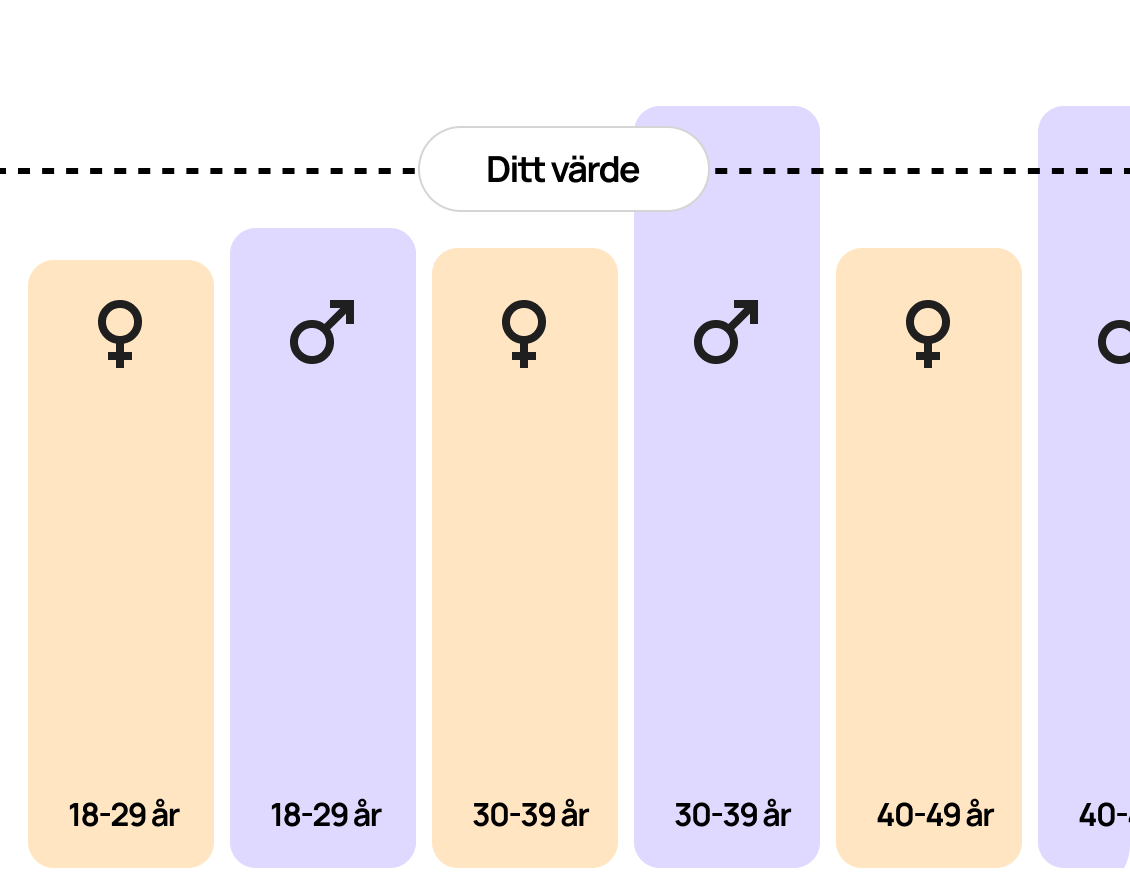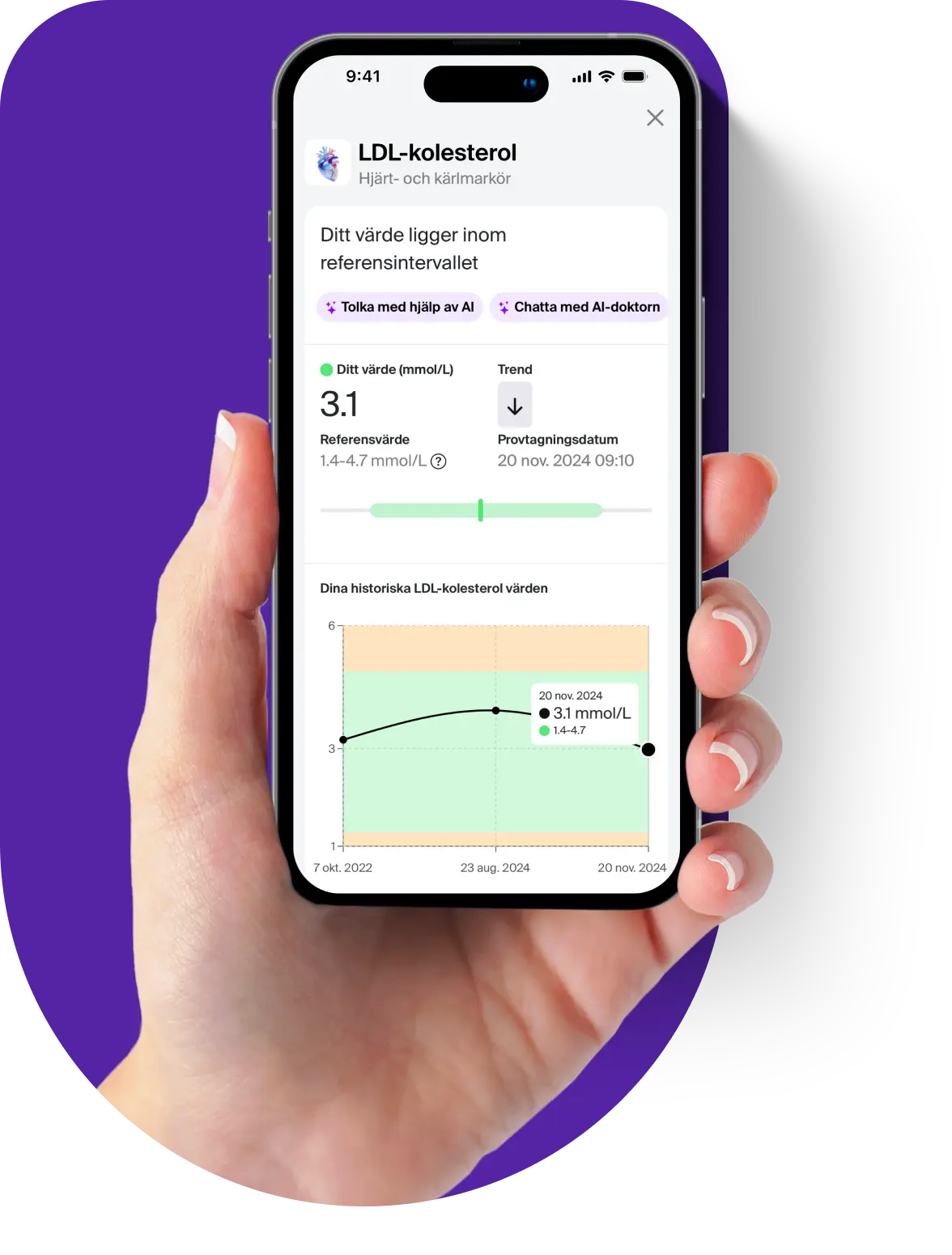Sedimentation (SR) – Erythrocyte sedimentation rate
The sedimentation rate, or SR (erythrocyte sedimentation rate), is a classic blood test that shows how quickly red blood cells sink in a test tube over an hour. An elevated SR value may indicate that there is inflammation, infection or other tissue damage in the body. The test is a non-specific but useful test for detecting and monitoring diseases with inflammatory activity.
Indication for measuring the sedimentation rate (SR)
SR is mainly used as a screening test for suspected inflammation or to monitor the course of the disease in known inflammatory diseases, such as rheumatological conditions. Today, CRP has often replaced SR in acute infections and inflammations because CRP reacts more quickly. However, the sedimentation rate still has clinical value in certain chronic conditions, such as temporal arteritis and polymyalgia rheumatica.
Examples of diseases or symptoms with an elevated SR value:
- Tissue damage: Damage to tissues, including muscle injuries and burns, can lead to elevated SR values.
- Infections: Infectious diseases such as bacterial, viral or fungal infections can often cause an increase in SR values.
- Heart attack: A heart attack can result in elevated SR levels due to the damaged heart tissue.
An elevated SR level is a non-specific finding and can be the result of a variety of diseases as well as other conditions. Internationally, SR is considered to have limited clinical utility with the exception of its use to guide the treatment of conditions such as temporal arteritis, polymyalgia rheumatica and rheumatoid arthritis. In Sweden, SR has traditionally been used as a marker of disease and the method still retains its place in routine healthcare.
It is important to note that while the SR itself does not provide a specific diagnosis, its changes over time can be a useful indicator of a person's health status. This is why the scale is still used as a tool to monitor patients' health and evaluate their medical status.































